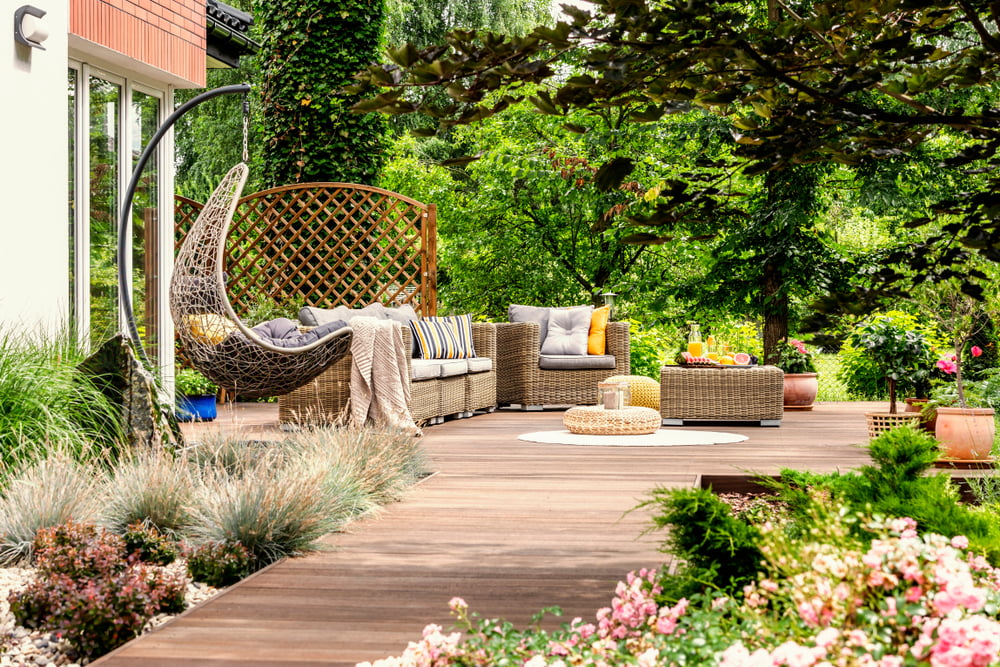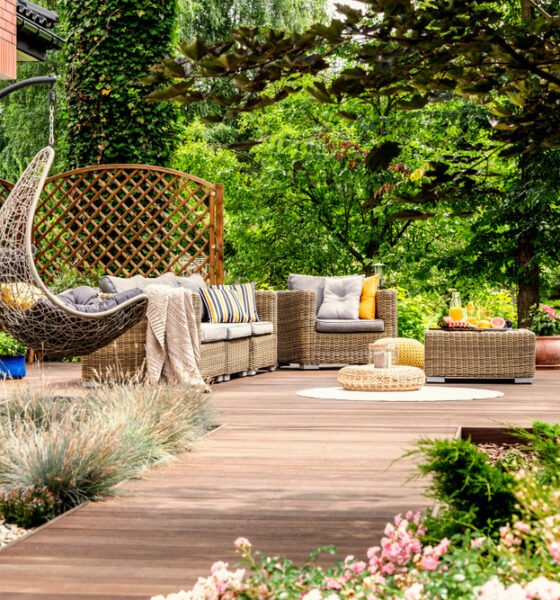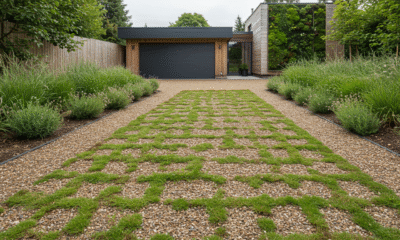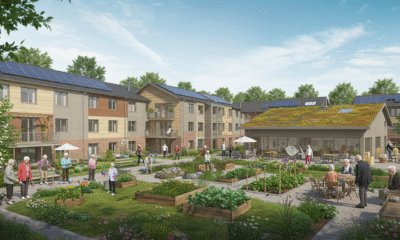

Features
Choosing A Colorful Palette for Your Eco-Friendly Garden
There are many things that we need to do if we want to lower our carbon footprint. One of the most important is to consider changing the way we eat. Food accounts for up to 30% of our carbon footprint.
One of the ways that we can lower the carbon footprint of our diet is to grow our own food. You may want to consider reading our previous articles on eco-friendly gardening. You will also want to consider creating more variety in your garden, which means that you should have a palette of different types of plants.
Benefits of eco friendly gardening
There is a growing awareness that our food choices impact our carbon footprint. To reduce it, people often recommend eating locally. However, this advice is misguided. Transportation is not a significant contributor to food’s carbon footprint. What you eat is more important than where it came from. GHG emissions from transportation make up a small amount of food emissions. OurWorldInData has some details on this topic.
There are many ways that we can reduce the carbon footprint of our diet. We have previously mentioned that switching to a vegan diet can lower our carbon footprint. however, another option to consider is growing our own food. There are a number of reasons that growing our own food is better for the planet than:
- We will waste less food when we grow our own . A lot of food goes to waste in the grocery store since it never gets purchased. This obviously isn’t good for the planet.
- You can grow your own food without using pesticides or other materials that are not good for the planet.
- You can make use of your own land that would otherwise go to waste. This reduces the need for farmers to cut down trees and erode soil to create farmable land elsewhere.
- You will have control over your gardening decisions, which means that you can choose to use eco-friendly options to plate your own food.
There are clearly many great reasons that you will want to consider growing your own food to lower your carbon footprint and help the planet in other ways. However, there are some important things that you’re going to need to consider.
Gardening sustainably saves money by using recycled materials, reducing natural resource use, and needing less maintenance. Anyone with a garden can make it sustainable and full of life. To create an eco-friendly garden that’s a haven for wildlife, try these simple ideas.
Choosing the right plants for your eco-friendly garden
As the sunshine returns in the springtime, it is the perfect opportunity to add a pop of color and a sense of life to your garden. Certain colors can help to embody certain moods in an outdoor space, and as such, it is important to consider the appropriate colors depending on the theme you wish to present. In this article, we will guide you through choosing a color palette for your spring garden. Let’s take a look…
Colorful Plants
The spring is one of the most important times for gardeners. A time of natural renewal and rejuvenation, it allows you to prune away those hardy winter plants to create room for flowers more accustomed to warmer soil and sunshine. Thankfully, there is an endless palette of different tones and hues to choose from when selecting new flowers for the season.
For example, daffodils are seen by many as almost an unofficial marker to the beginning of the spring and will create a gorgeous, warm bed of intense yellow in your garden space. Similarly, planting tulips and pansies during the winter months can result in your garden being welcomed by a diverse range of intense hues as the spring descends. Both species of flowers come in many different colors, are relatively easy to grow, and are incredibly resilient during the winter months.
Colored Planters
Outside of planting colorful flowers, another way to create a pop of vibrant color is to paint the pots and planters of your garden with interesting, attention-grabbing hues. Choose colors depending on the atmosphere and aesthetic you want to create for your garden. Pastel tones are great if you want a softer, more subtle design, whereas bolder colors can look fantastic if contrasted effectively with your flowers.
In terms of creating contrast, the rules of color theory are incredibly helpful when planning out a stunning garden design. Consult a color wheel to see which opposite color will work with your initial selection. This is why red contrasts so well against green, and blue works when paired with orange. Lighter tones will also contrast against darker tones. However, if you think a more unusual pairing works, don’t feel restricted by these rules. Sometimes eclectic, eccentric clashes of color can create a real sense of individuality and character for your garden.
Contrast with Flooring
Using more neutral flooring in your garden space can contrast beautifully against the rich, intense greens of your planting themes, as it brings out the cooler tones of your flooring whilst elevating the natural colors of your flowers.
Lighter patio slabs or antique composite decking will help to make these darker, bolder flowers stand out, allowing you to make focal points and areas of interest. On the other hand, if you want to go for something different, you can choose darker-toned flooring to match with softer, lighter flowers.
To conclude, there are a variety of options that make it easier than ever to choose a color palette for your spring garden. From colorful plants and painted planters to choosing neutral-toned garden flooring, adding a considered pop of color can enormously impact the overall atmosphere of your outdoor space.
Start Creating a Beautiful Eco-Friendly Garden that is Filled With Plants
You can significantly reduce carbon footprint of your diet by growing your own food. The most important thing that you need to do first is to choose the plants that you want to add. It is a good idea to have a colorful palette of plants. You may want to also read our other guidelines on making your garden eco friendlier.





























